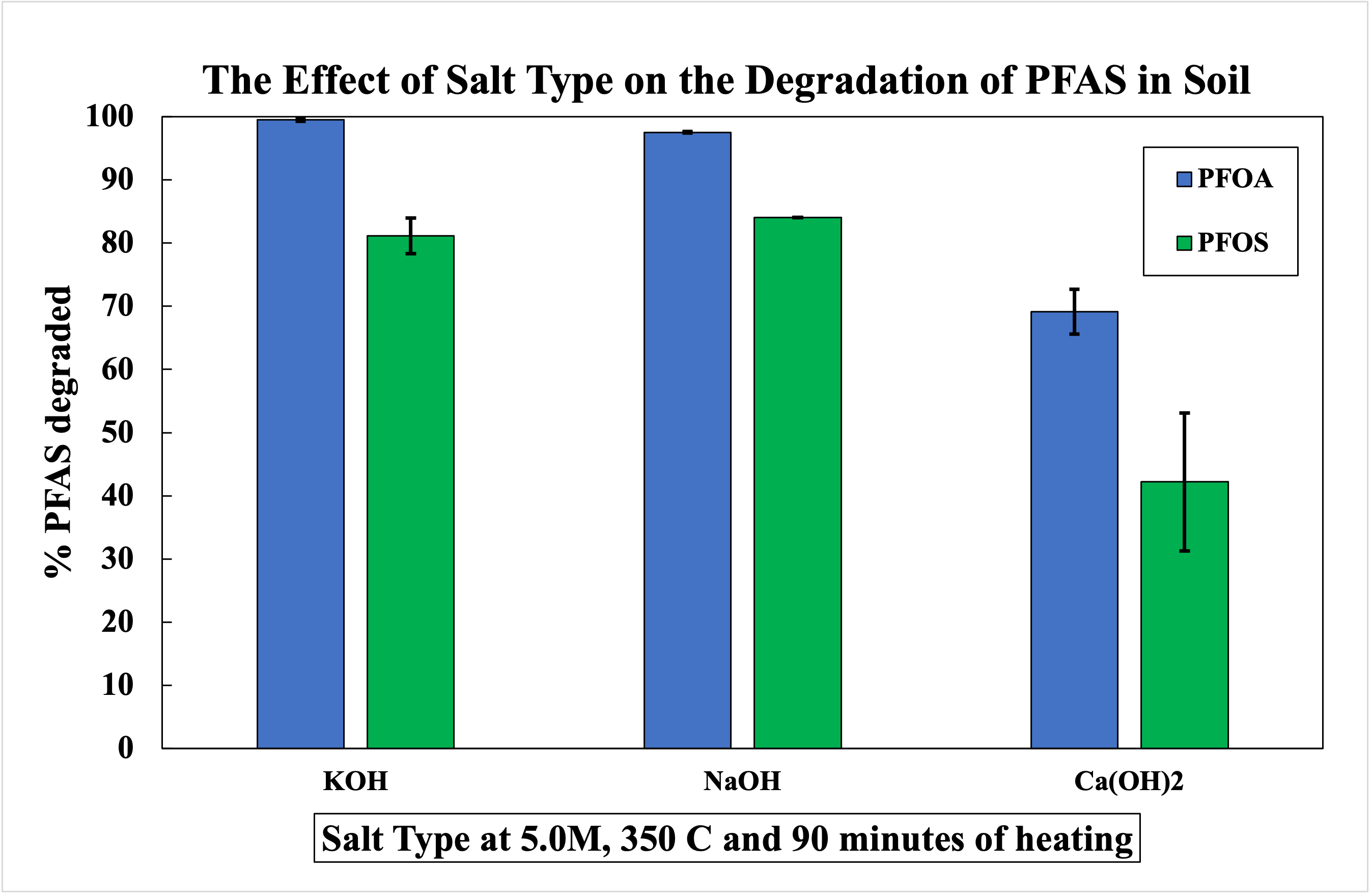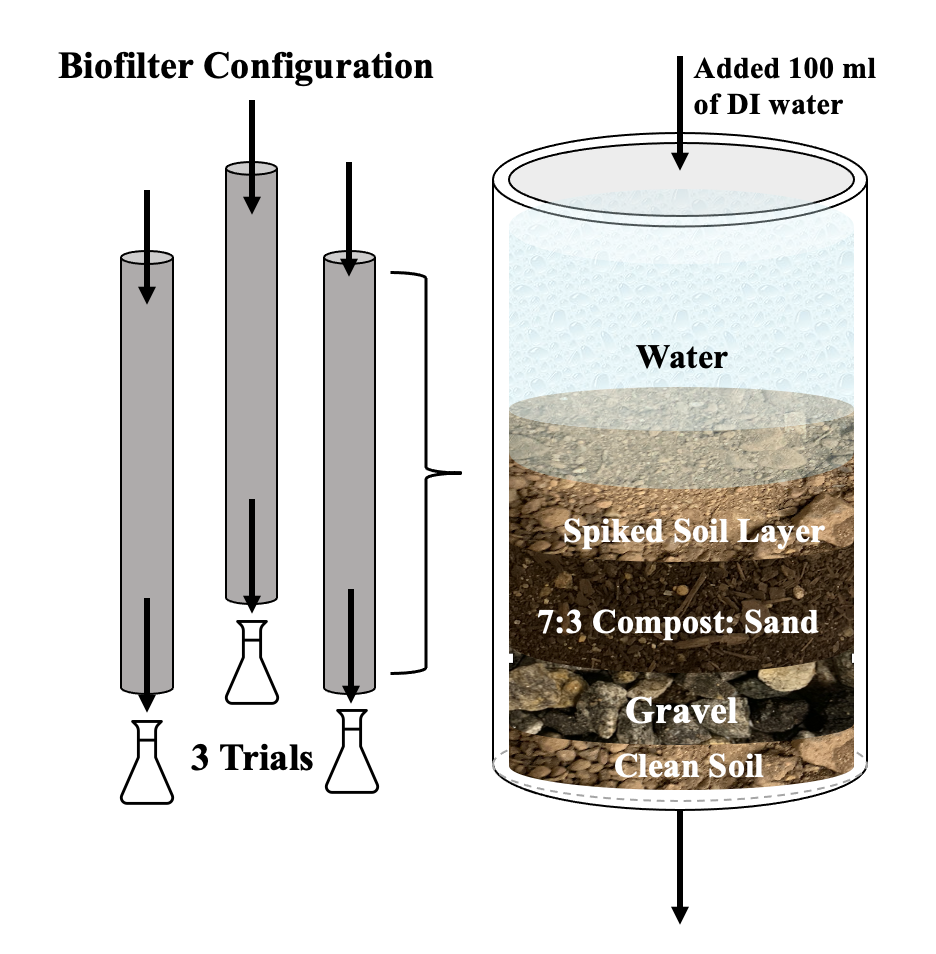

This video contains proprietary information and cannot be shared publicly at this time.
Figure 1

Figure 2

Team 3
Team Members |
Faculty Advisor |
Angelo Franco |
Dr Yu Lei Sponsor Connecticut Department of Energy and Environmental Protection (CT DEEP) |
sponsored by

Evaluation of In-Situ Technologies to Remediate or Sequester PFAS in Soil
In almost every patient’s blood serum sample tested since 1999, the Centers for Disease Control and Prevention (CDC) discovered small but detectable levels of at least four different per-and polyfluoroalkyl substances (PFAS). Even in small concentrations, PFAS are linked to adverse health effects such as organ failure, cancer, and reproductive problems. Unfortunately, PFAS can be found in everyday products across industries because of their favorable properties. Their high chemical stability causes them to persist for long periods in the environment. Even though current research heavily focuses on water remediation, soil treatment remains a challenge. Our sponsor, the Connecticut Department of Energy and Environmental Protection (CT DEEP), asked us to evaluate the feasibility of onsite PFAS soil remediation techniques and assess the effectiveness of the methods. We found two economically viable methods that are easy to scale up, after searching through recent literature. We first tested a novel low-temperature thermal degradation technique that combines salts with the soil to facilitate the breakdown of PFAS. Our second approach involved using a traditional biofilter consisting of sand, compost, and gravel to absorb PFAS. We assessed the efficacy of the two approaches by calculating the percent removal of PFAS from the soil. Overall, we hope to contribute to the discovery of an efficient and economically feasible method to destroy and remediate PFAS-contaminated soil.
